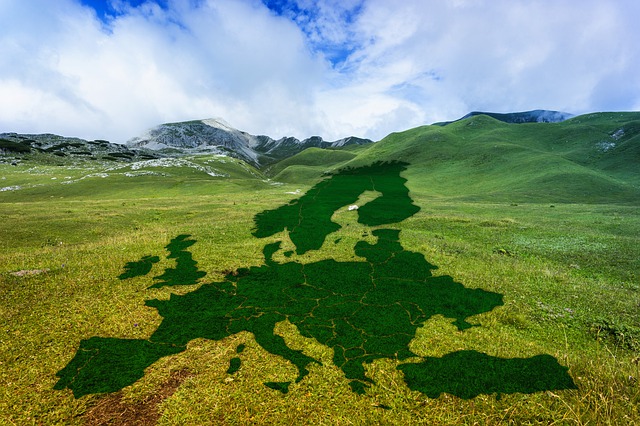
Europe is usually identified by a temperate environment. The Majority Of Western Europe has an Oceanic environment, in the Köppen climate classification, featuring cool to warm summer seasons and amazing wintertimes with constant cloudy skies. Southern Europe has a distinctively Mediterranean environment, which includes cozy to warm, dry summer seasons and trendy to mild winters as well as constant sunny skies. Central-eastern Europe is categorized as having a Continental environment, which features warm to warm summer seasons as well as cool winters. The environment of western Europe is strongly conditioned by the Gulf Stream, which keeps moderate air (for the latitude) over Northwestern Europe in the winter season, especially in Ireland, the UK and seaside Norway.
Parts of the central European plains have a crossbreed oceanic/continental environment. Four seasons occur in most of Europe far from the Mediterranean. The coastal bogs of the Mediterranean Basin have more of a damp as well as completely dry season pattern, the rainy period prolongs from October to February while the dry period is mainly noticeable in the summer season where precipitation can, in some years, end up being very limited.
Gulf Stream:
The environment of Western Europe is milder in comparison to other areas of the same latitude around the globe because of the influence of the Gulf Stream. Mediterranean waters are not as deep as the huge oceans, allowing it to come to be a warm storage space toughening up winter seasons along its shorelines, but because the Atlantic ocean is largely influenced by the gulf stream, this effect is reduced when contrasted to that of the Atlantic waters. [2] The Gulf Stream is nicknamed “Europe’s main heating”, since it makes Europe’s climate warmer as well as wetter than it would certainly otherwise be.
Contrasted to areas located in the higher middle latitudes, parts of western Europe have mild winter seasons as well as greater yearly temperature levels (though summer seasons are cooler than locations at the exact same latitude). Berlin, Germany; Calgary, Canada; and also Irkutsk, in the Oriental part of Russia, push around the same latitude; January temperature levels in Berlin ordinary around 8 ° C (15 ° F) more than those in Calgary (although Calgary rests 1200m higher in altitude), and they are practically 22 ° C (40 ° F) higher than ordinary temperature levels in Irkutsk. [2]
This distinction is even larger on the northern part of the continent. The January average in Brønnøysund, Norway, [3] is practically 15 ° C warmer than the January ordinary in Nome, Alaska, [4] both communities are located upwind on the west coastline of the continents at 65 ° N, and also as much as 42 ° C warmer than the January ordinary in Yakutsk which is in fact somewhat additional south. Additionally southern the oceanic environment of Europe compares thermally to The United States and Canada, at around 48 ° N Rennes, France has about an equivalent standard temperature level throughout the year to Seattle, Washington, although the latter has drier summertimes with much wetter winters months. [5]
The majority of Europe sees seasonal temperatures regular with warm climates in various other parts of the globe, though summer seasons north of the Mediterranean Sea are cooler than the majority of temperate environments experience in summer. Among the cities with a populace over 100,000 individuals in Europe, the chilliest winters are primarily found in Russia, with day-to-day highs in winter months averaging 0 ° C (32 ° F), while the mildest wintertimes in the continent are in southerly Portugal, southerly Spain, and in seaside areas of the islands of Sicily and Crete. On the Atlantic Ocean, the Azores, Madeira and Canary Islands in the European Macaronesia have without a doubt the mildest winters months of any place in Europe.
Temperature level:
The hottest summertimes of the continent occur in cities and communities of the hinterland of southerly Spain: July average highs in this region are 36.9 ° C (98.4 ° F) in Cordoba as well as 36.2 ° C (97.2 ° F) in Seville. The highest severe temperature levels have actually been videotaped in Athens with a controversial 48.0 ° C (118.4 ° F) [6] as well as inside the southerly valleys of the Iberian Peninsula, with towns such as Amareleja (Portugal) and also Montoro (Spain) taping temperatures of 47.4 ° C (117.3 ° F) [7] and also 47.3 ° C (117.1 ° F) [8] respectively.

